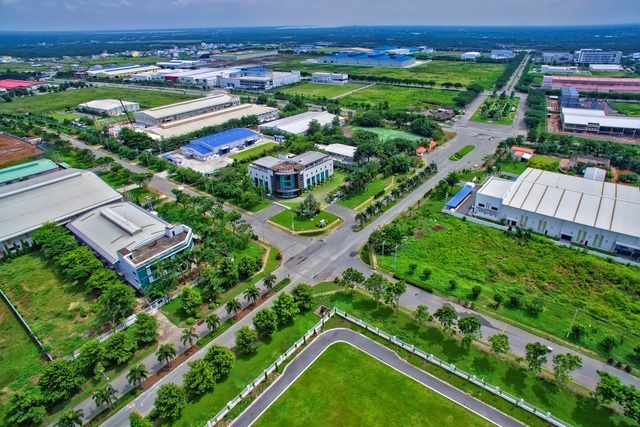Say goodbye to the “cold” phase, pointing out the potential of suburban land waiting for the next “wave”
In the current context of continuously decreasing interest rates that make money increasingly “cheap,” big investors are no longer enthusiastic about traditional savings. They are looking for more attractive investment channels that offer higher returns.
According to experts, real estate continues to be the “king,” dominating the investment landscape. Especially in a stagnant market, investors have even more opportunities to hunt for affordable properties.
Based on years of experience in real estate brokerage, Ms. Nguyen Thi Dung, Chairwoman of G.Empire Land, points out that new investors are eager to jump into the land frenzy. In contrast, experienced investors prefer to “buy during slow times and sell during active times.” Therefore, many big players are taking advantage of the current situation to find cheap properties.
Ms. Dung further explains that investors usually want to invest about 30-40% of their capital in one project and borrow the rest from banks. With the current low interest rates, investors are eager to use cheap capital. Instead of putting all their eggs in one basket, they prefer to diversify their investments and buy multiple properties simultaneously. This way, investors can identify the most active and profitable areas and projects.
Recently, the apartment market has entered a “once in a decade” phase, with prices continuously soaring. The scarcity of supply and land resources will continue to drive up the prices of apartments. Not only apartments, but all residential segments are experiencing significant price increases.
“Recognizing the profit potential, investors tend to seek real estate properties in surrounding areas or slightly further away,” says Ms. Dung.
Delving deeper into the potential of suburban land, Ms. Dung believes that the land market is very specific and will only boom in certain provinces. Particularly, provinces with strong industrial and super-industrial zones will experience a surge in the real estate market.
Ms. Dung further explains that as industries develop, the demand for housing increases to accommodate a large number of workers and experts. Additionally, the demand for services also increases, making real estate a valuable asset due to its rental and long-term business potential.
Nguoi Dung Nen 1

Caption: Industrial land plots are as attractive as urban projects thanks to the appeal of infrastructure, potential, and pricing.
Pointing out the potential of suburban land around Hanoi, the Chairman of G-Empire Group believes that after several episodes of the property market heating up, Bac Ninh has now fallen into a “waiting” phase.
“Now, Mê Linh (Hanoi), Phú Thọ, Hải Phòng, and the southern entrance of the capital, Hà Nam, are the places waiting for the next wave,” forecasts the Chairman of G.Empire Group.
Ms. Dung mentions that the price of the land in Mê Linh district is still relatively good as it is awaiting planning. However, this area is rare in Hanoi, with villa and adjacent land prices still at around 30 million VND/m2.
Hà Nam is also a province with strong industrial development, attracting many Japanese and Korean investors. It ranks among the top 10 provinces in Vietnam in terms of attracting foreign investment. Moreover, Hà Nam is located at the entrance to the capital, Hanoi, with a synchronized transportation system and well-developed infrastructure, including 8 national highways connecting neighboring provinces such as Hanoi, Nam Định, Ninh Binh, and Hưng Yên. That’s why recently, real estate in Hà Nam has emerged as a “golden spot” for investors.
As for Phú Thọ, it is the only province bordering the capital that still maintains relatively affordable prices corresponding to the actual demand. However, these prices have not yet reached their full potential for the region. Therefore, the real estate market in Phú Thọ still has plenty of room to develop, making it the perfect time for investors to “anticipate and seize opportunities.”
In contrast to the aforementioned regions, Ms. Dung believes that the real estate potential in Hai Phong will exceed all expectations. Additionally, this market offers long-term investment opportunities, not just short-term “waves” like other regions.
It is evident that “riding the wave” of industrial real estate has been a trend for many years, with numerous investors making significant profits from “surfing” and transferring land near industrial zones. This segment is considered promising, with stable profit opportunities, as the influx of industries attracts a large number of experts and workers, increasing the demand for housing. Investors can make substantial gains if they choose the right properties.
However, according to Ms. Dung, opportunities always come with challenges, so investors still need to calculate and carefully consider legal and location-related issues. In particular, investors must thoroughly research the planning of the area since it is a significant variable in industrial zone projects.
For more information, visit Business Today.
